For many, the idea of escaping modern reality and reconnecting with the simplicity of the natural environment is just a dream. However, the growing divide between the natural and built worlds has prompted many to explore ways to stay connected with nature through the use of biophilic design, which intentionally integrates natural elements, textures and color tones into everyday spaces for the purpose of reinforcing our inherent need to stay connected to the wonder of the world outside.
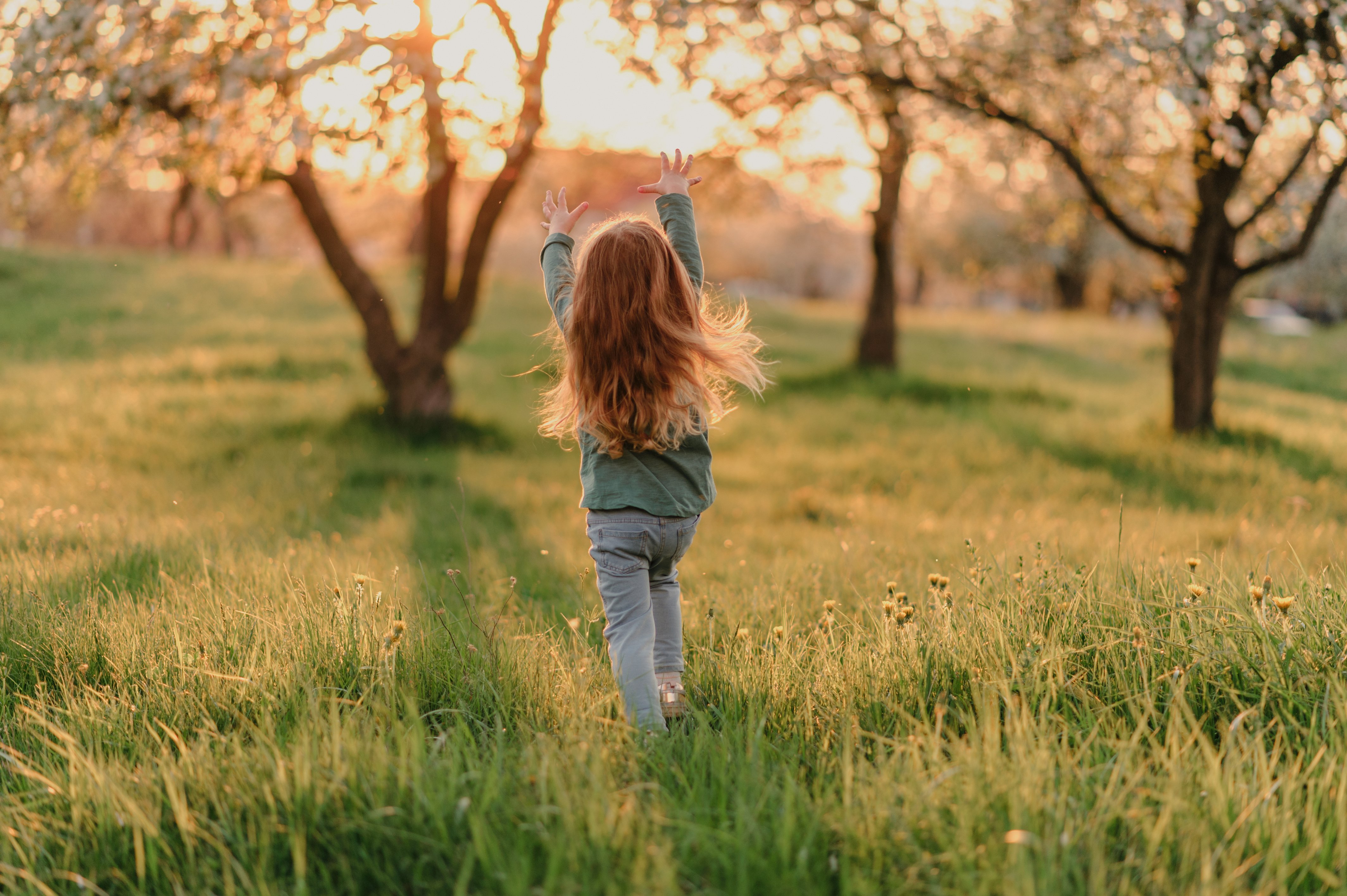
With our constantly increasing use of digital devices and virtual tools, both in and out of our homes, we’ve even begun to see a growing divide between younger generations and the wonder of the great outdoors. Simply put, this should not be the case. Children's connection with nature's vibrant colors, whimsical shapes, and patterns plays a vital role in their development and well-being on a physical, cognitive, emotional, linguistic, and even social level.
Here are three impactful ways you can incorporate a few nature-inspired touches into your children's play space:
Create a Whimsical World Indoors
The natural world is inherently abstract and ever-changing, and we can capture its wonderous free-flowing, curved forms by including a similar approach to the aesthetic influences in our homes. Children’s play areas offer the perfect environment for incorporating whimsical compositions, evocative and dramatic murals and textural touches that might feel out of place in other areas of the home. Statement furniture pieces that embrace the natural form of its material, rather than the austerity of some more modern designs, can spark the imagination.
Additionally, stone accent walls can help foster a direct connection with nature. By introducing the unique textures, patterns, and appearances of these nature-inspired products, we can curate an environment that allows a child's imagination and creativity to flourish, much like we witness when a child is romping through a forest or dancing in the crashing surf along the beach.
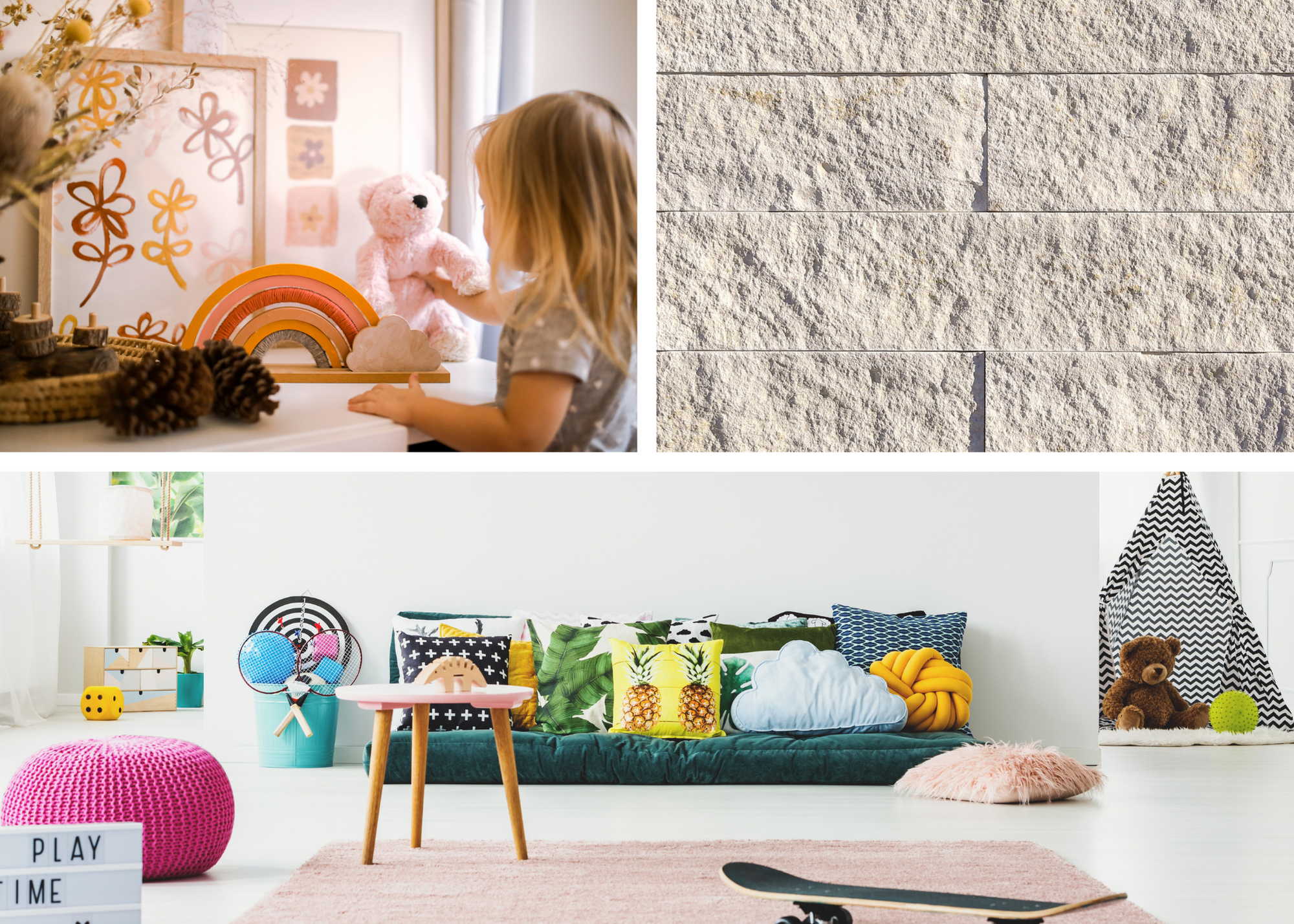
Evoke Sensory Serenity
In addition to embracing natural shapes and textures to spark creativity, we can also hone in on natural colors to enhance our children's play space and its connection to nature. Artists and interior designers often use color to communicate, impact mood, and influence feelings and emotions. With intention, we can use earthy-toned color schemes or accents to feed the sensory needs of a child's developing brain.
Specifically, the color green is often associated with the natural world and has the ability to evoke feelings of safety, tranquility, and focus. Other natural hues of brown, orange or even blue can stimulate psychological effects such as empathy, calmness, relief, balance, and positivity. These natural colors can be incorporated within elements of a playroom by decorating with child-safe plants, whose positive effects, such as cleansing the air, stretch beyond color theory.
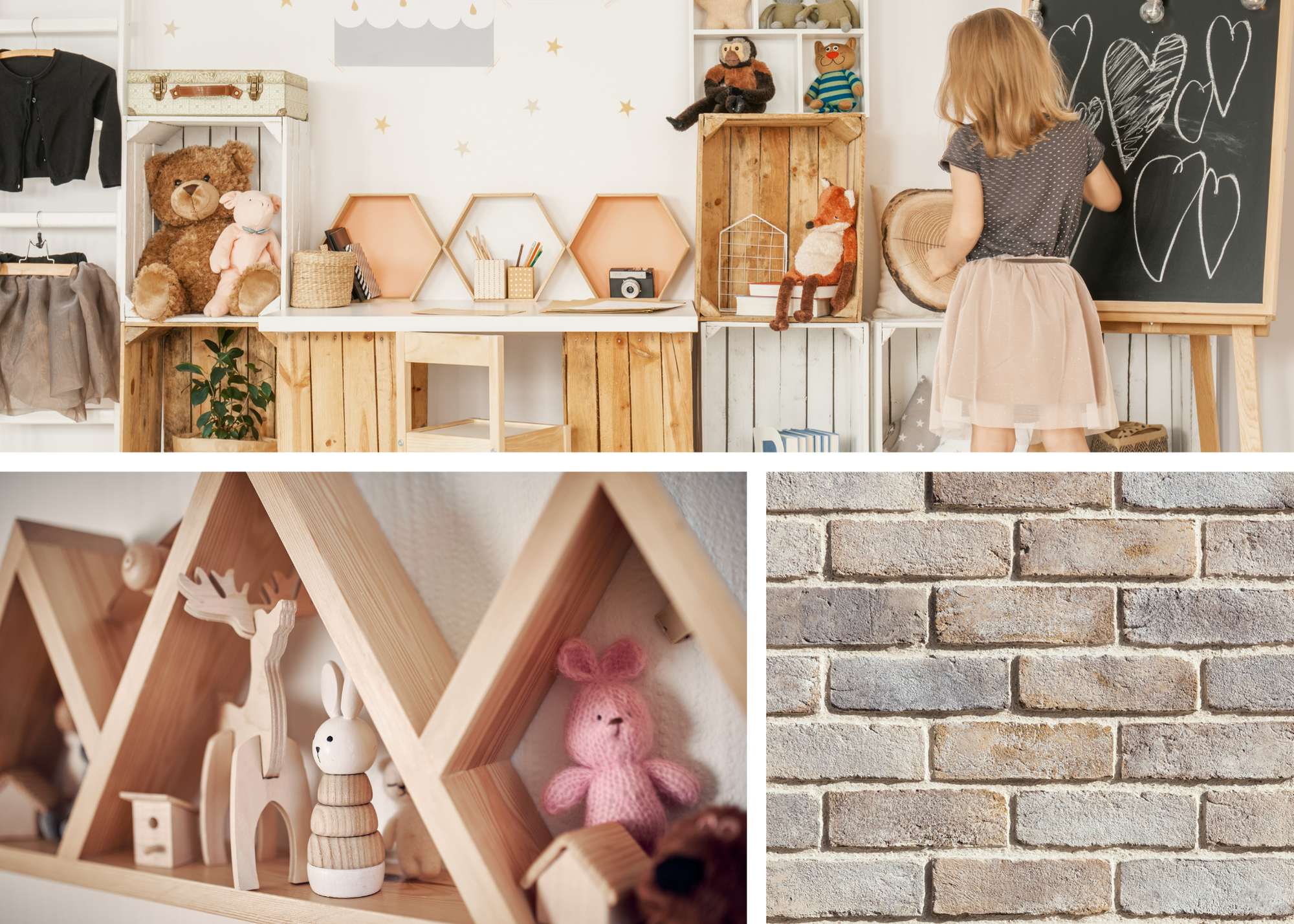
Introduce Complex Symmetry & Patterns
Thanks to its alluring complexity, the natural world is rich with multifaceted patterns and forms that inspire us to pay attention to our surroundings. By incorporating some of that multilayered complexity into our children’s play spaces, we can spark positive developmental processes to enhance their cognitive functions, inquisitiveness, and problem-solving skills.
Materials such as wood and stone have free-flowing, curved sequences that appear naturally. In addition to our interior stylings, these patterns and shapes can be integrated into a playroom by including toys, games, and puzzles made of natural materials rather than leaning entirely on the electronic, artificial toys and tools that are most popular in today’s digital age.
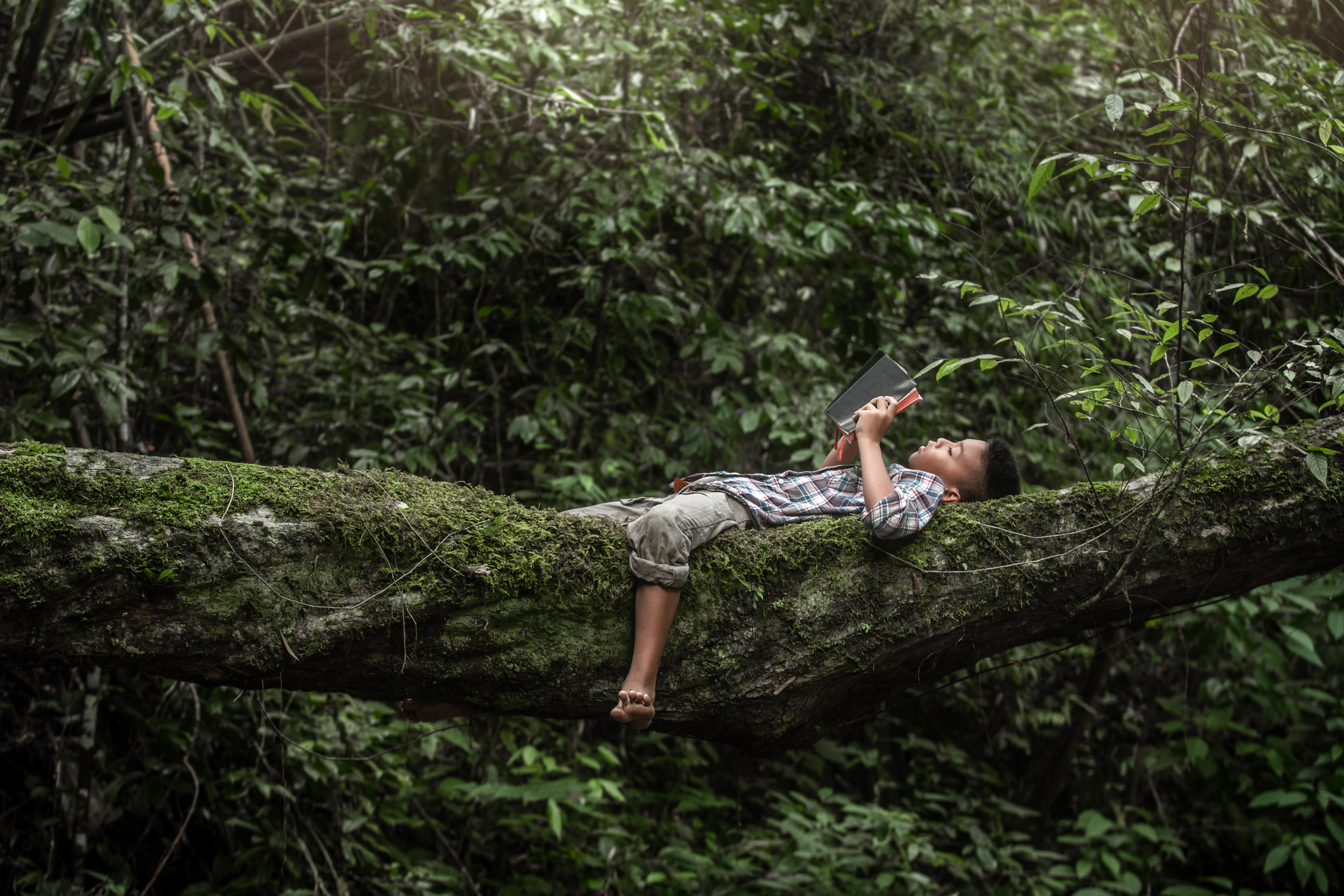
For most of human history, Nature has been esteemed as one of our greatest teachers. Rather than forgetting this fact, we can continue to embrace it in ways that are meaningful and memory-making. By tapping into our shared human desire to connect with nature, we can curate environments that allow children to expand their minds, develop a deepened sense of empathy, spark curiosity, and inspire creativity.
Related Categories
Sarah Lograsso
As Director of Marketing and Portfolio Management, Sarah has successfully coupled her design talents with business acumen to refresh, refine and distinctly position five standout brands in the North American market and abroad. She continues to provide design direction for the brands’ variety of best-selling modern profiles and trend-forward color palettes while enhancing the prestige of the category among masons, builders, designers, architects and consumers.

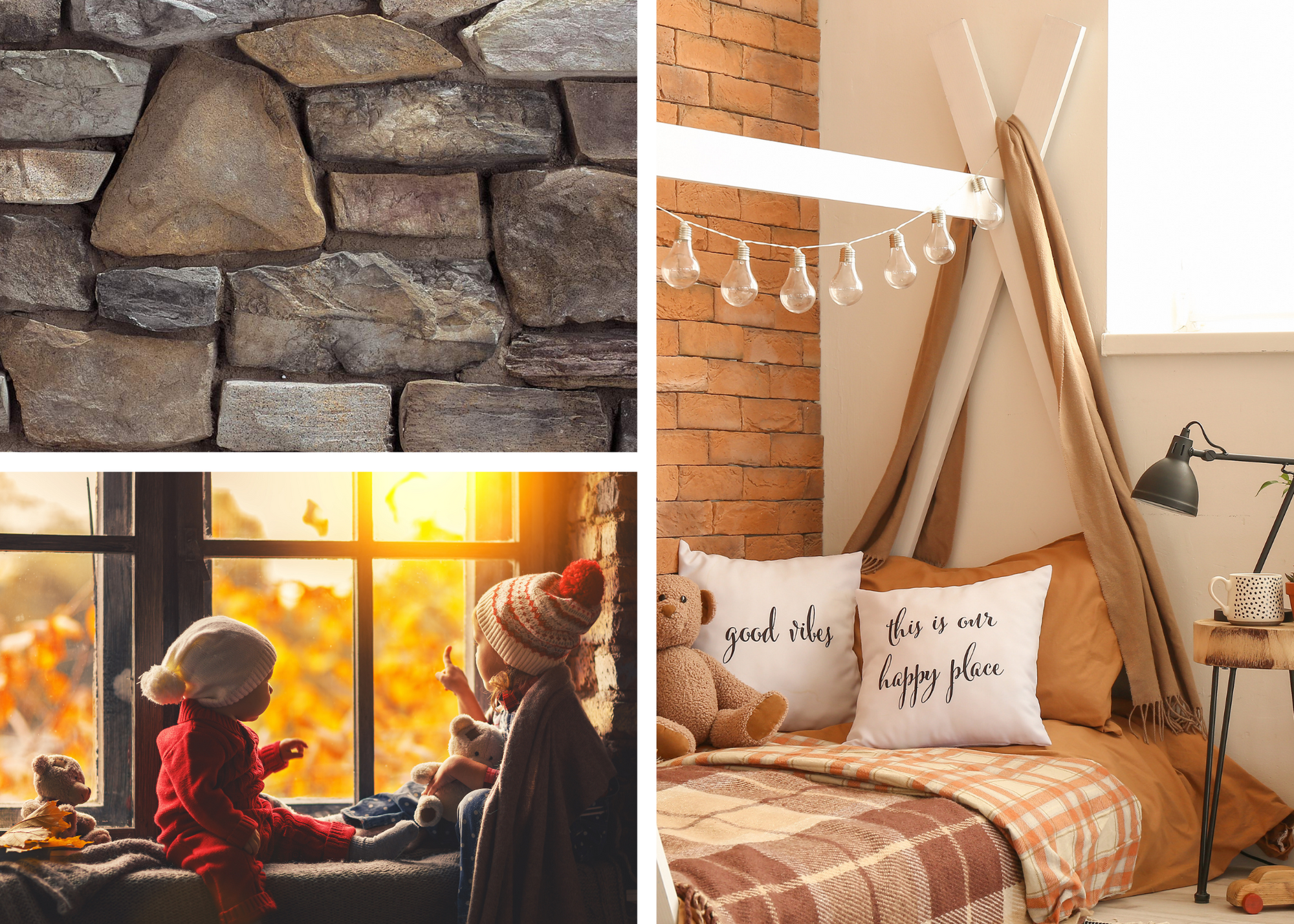


Let Us Know What You Thought about this Post.
Put your Comment Below.